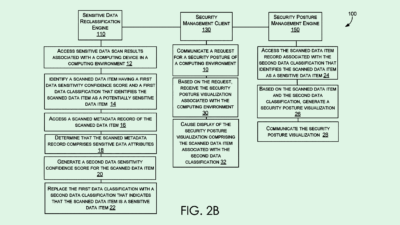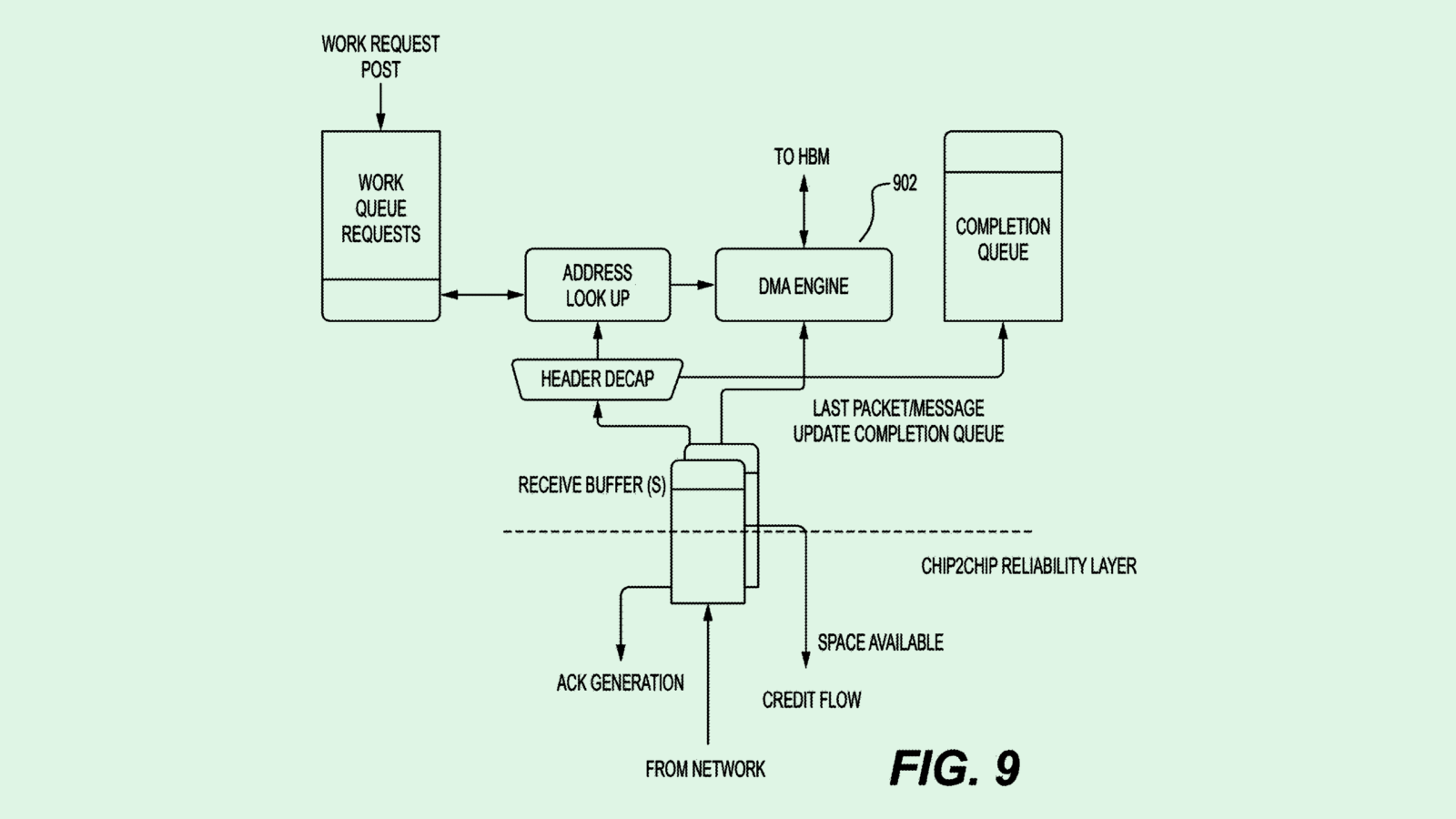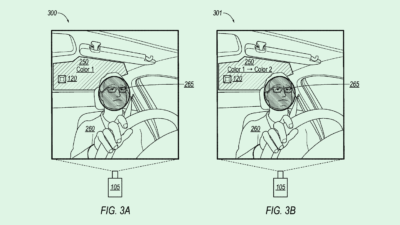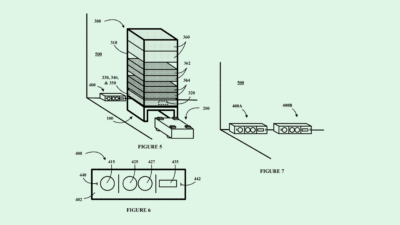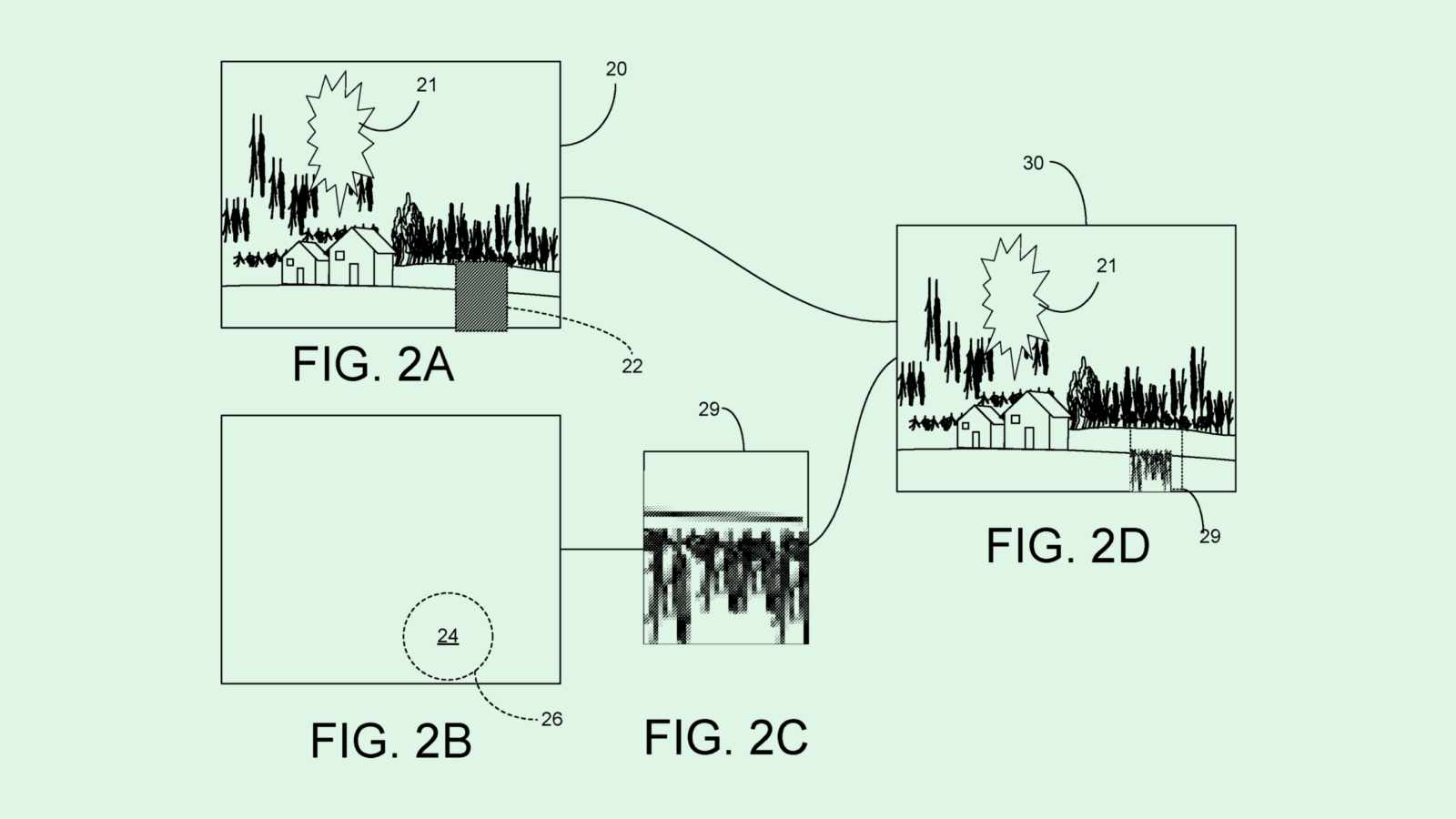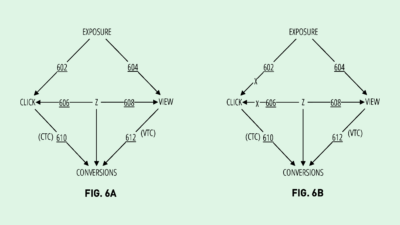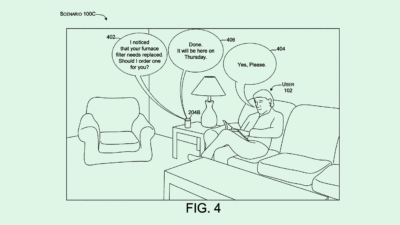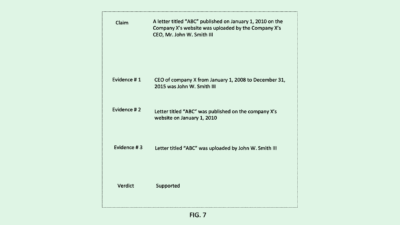Ford Patent Seeks to Keep EV Batteries Running
Given that EV batteries are a hot commodity, the tech could help cut costs for fleet operators.
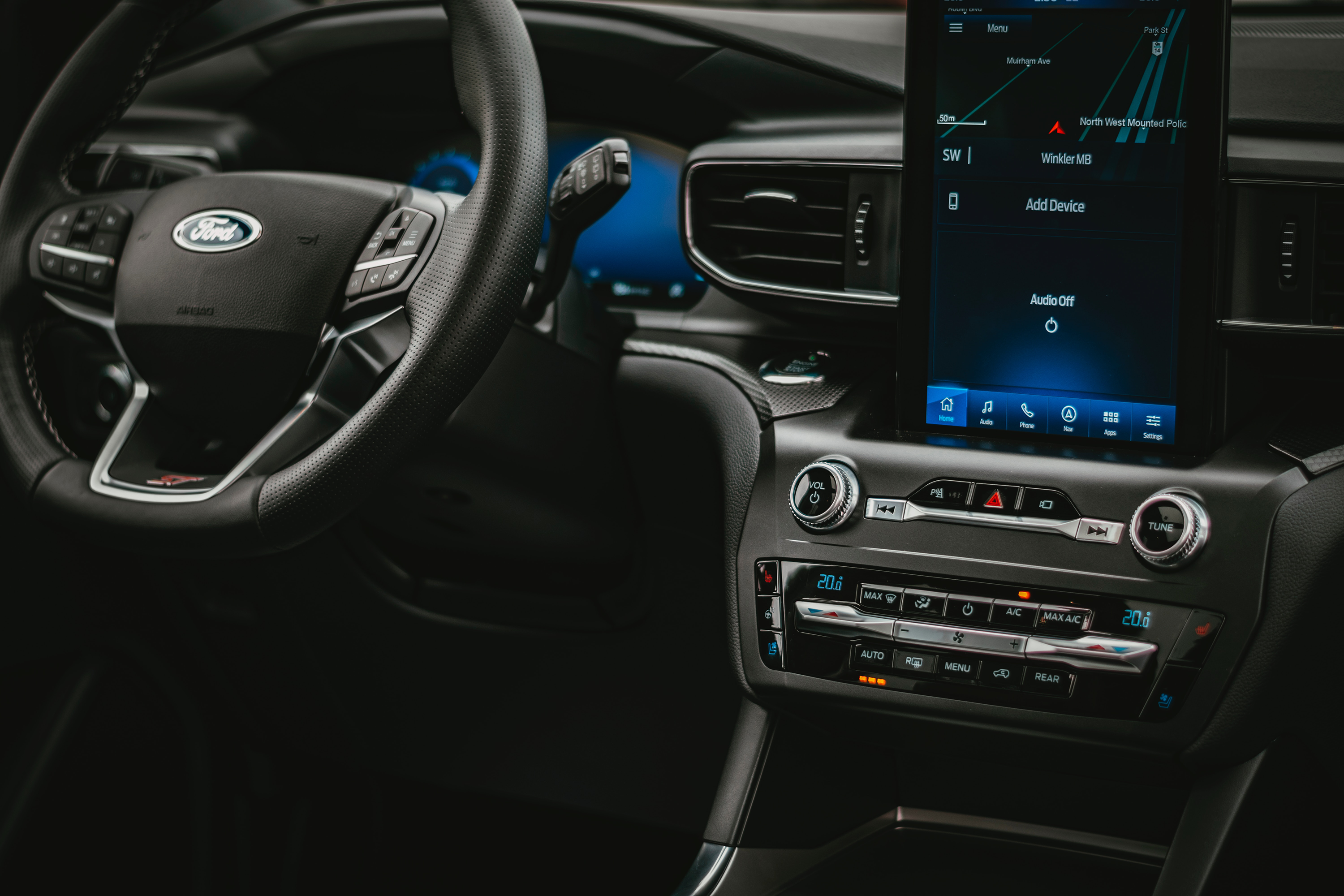
Sign up to uncover the latest in emerging technology.
Ford wants to make its electric vehicles go the extra mile.
The auto manufacturer wants to patent a system for “smart routing” to extend an EV’s battery life. The technology comes up with navigational routes that put the least amount of stress on a car’s battery.
Ford’s system uses what it calls a “multi-objective approach to route planning,” considering factors such as energy-consumption cost, travel-time cost, and battery life degradation cost associated with different routes.
This system is connected to a cloud-based server account for map data, traffic data, weather data and charging stations along the route. The “control module” (a.k.a. the control center for this routing system) may also collect in-vehicle data that have an impact on battery life, including cabin temperature, environmental temperature, battery temperature, current state of charge and battery health information.
Finally, the control module feeds all this information into two algorithms – a “shortest path algorithm” and an “optimization algorithm” – and comes up with the lowest-cost routing strategy based on their outcomes.
Ford noted that this system could be particularly useful for commercial vehicles, as replacing the traction battery packs on those types of EVs is “relatively expensive and thus extending battery life may be desirable for vehicle (fleet) managers.” That said, Ford said the scope of the patent shouldn’t be limited to just the examples it gives, so a system like this could appear in a consumer EV as well.

Ford has big ambitions for its EV lineup, seen both in its public goals to make half of its vehicle sales electric by 2030 and its pile of EV-related tech patents. On the commercial side, the company also already offers a line of EV fleet vehicles. But the broader EV transition faces a number of challenges.
EV batteries are a hot – and expensive – commodity. Supply chain issues make it difficult for manufacturers to access the critical minerals needed to build those batteries fast enough to meet demand. So managing and maintaining those batteries, especially for commercial fleet operators, is going to be a “going to be a critical piece of the cost,” said Matt McCaffree, VP of Utility Market Development for EV charging service FLASH.
“There are three major components of an EV: the battery, the inverter and the motor. The battery is the most critical of those,” he said. “It’s the heaviest, the most expensive, the most difficult to replace.”
While this patent presents a solution, it doesn’t go into too much detail on exactly how this tech will work, said McCaffree. If Ford is able to secure this patent with vague language included, it could create obstacles for other developers looking for ways to monitor EV battery health, he noted.
However, the filing also represents an uptick in interest in EV fleet optimization from major players in the space, which McCaffree expects to see more of as EV adoption marches on. “I think that as the specificity increases for these ideas, we will see patents for some of this technology,” he said.



